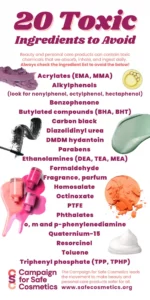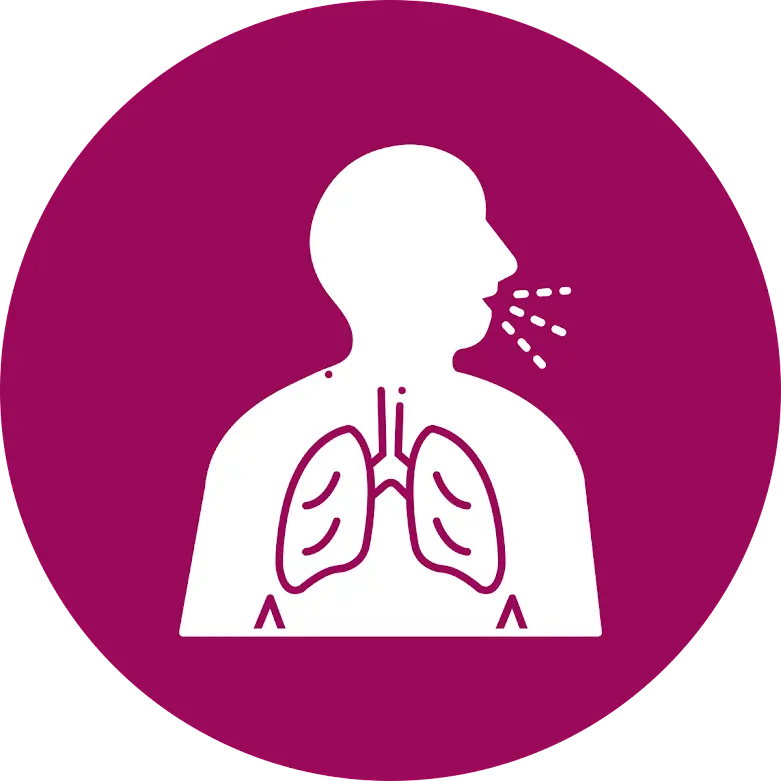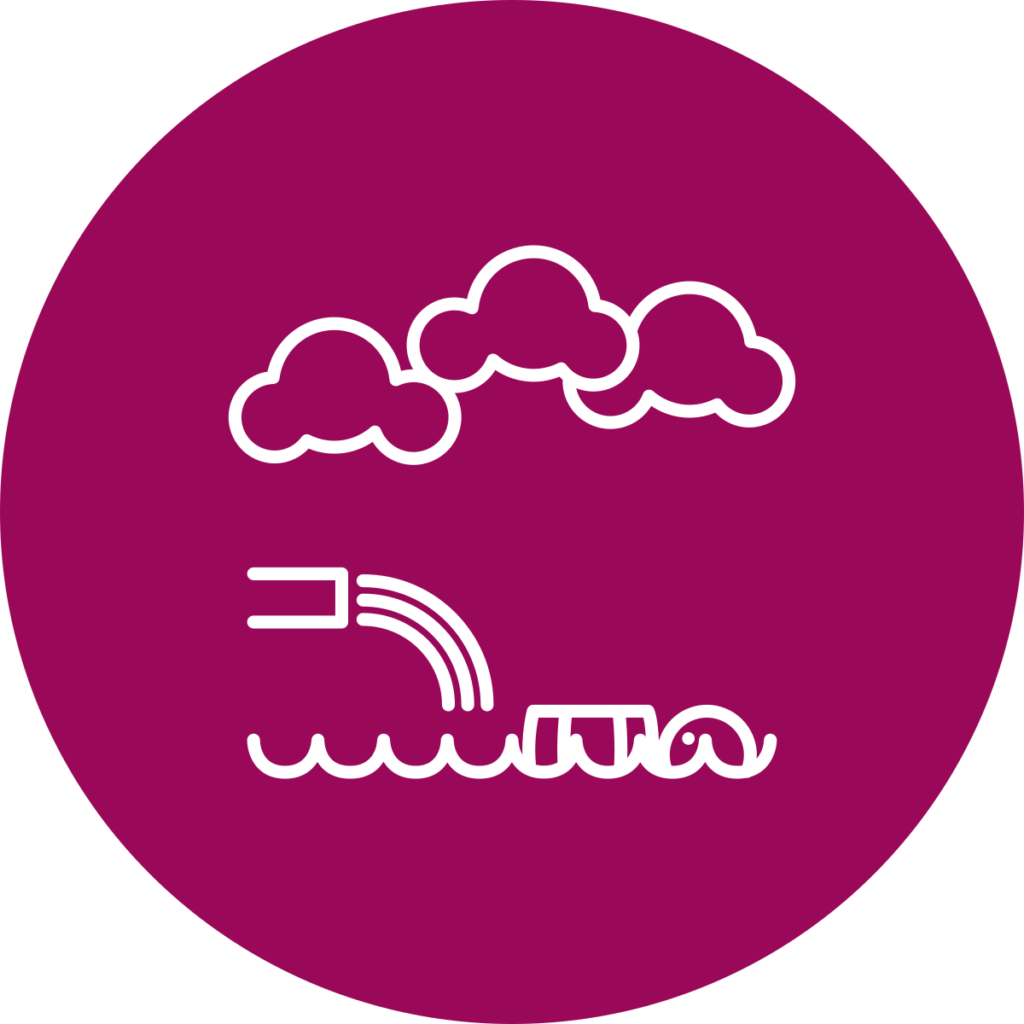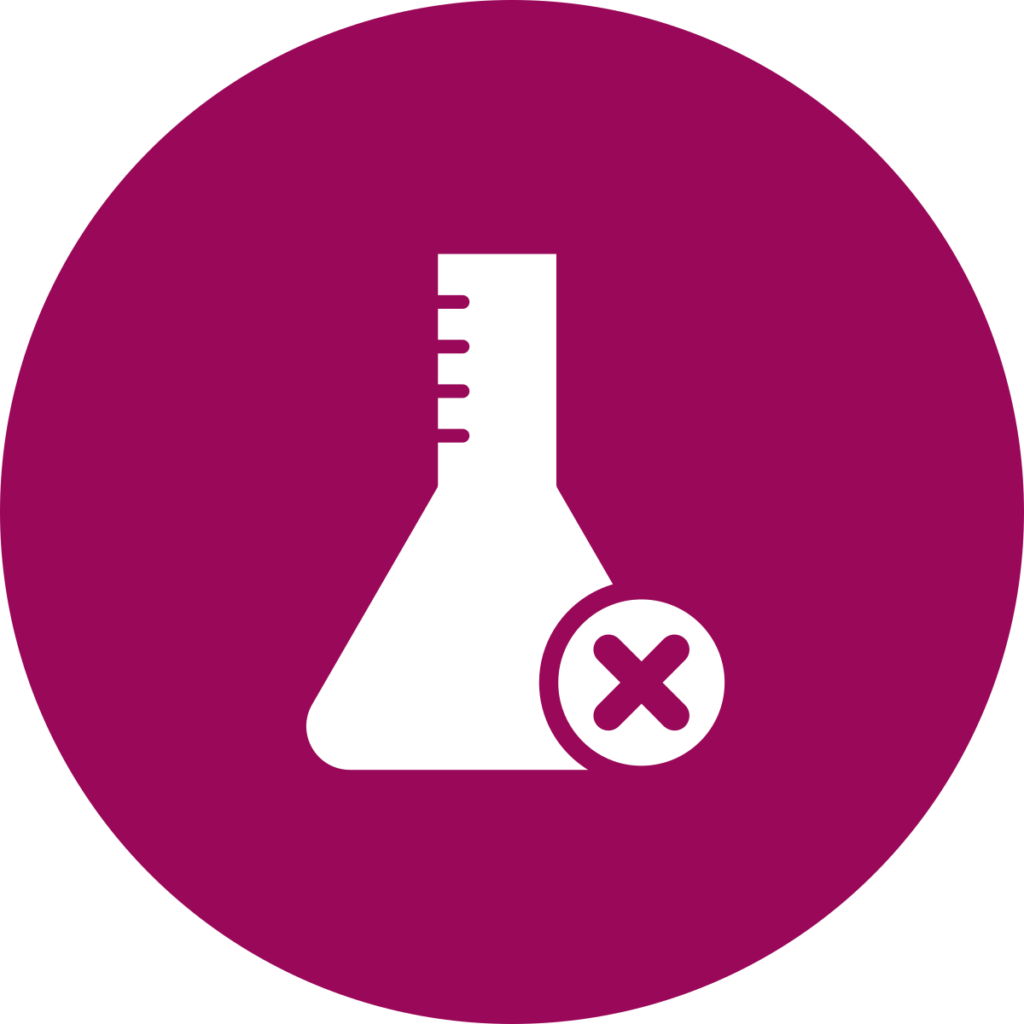State, federal, and international laws governing cosmetics
In the absence of meaningful federal oversight of the cosmetics industry, states have taken steps to regulate the safety of cosmetics to ensure consumers have more ingredient information and access to safer products. Numerous states have adopted safe cosmetics legislation.
Minnesota banned formaldehyde, a cancer-causing chemical, in children’s personal care products like lotions, shampoos and bubble baths in 2013. The ban against the use of formaldehyde and formaldehyde-releasing preservatives applies to products intended for children under eight.
In 2008, the state of Washington adopted the Children’s Safe Product Act (CSPA – Chapter 70.240 RCW), which requires manufacturers of children’s products – including personal care products — sold in Washington to report to the state if their product contains a Chemical of High Concern to Children.
We all deserve access to personal care and beauty products that are free from cancer-causing and other harmful chemicals, no matter where we live, work, or shop.
These 4 bills aim to make beauty and personal care products safer for all. Take Action to help pass these bills!
HR 5537: Toxic Free Beauty Act Bans the entire class of PFAS chemicals plus 11 of the most toxic chemicals on the planet from beauty and personal care products sold in the U.S. Authored by Reps. Schakowsky and Fletcher.
NGO bill leads:
HR 5538: Cosmetic Fragrance and Flavor Ingredient Right to Know Act Require the disclosure of the secret, unlabeled fragrance and flavor chemicals in personal care products that are toxic to human health and the environment. Authored by Reps. Schakowsky and Matsui.
NGO bill leads:
HR 5540: Cosmetic Safety for Communities of Color and Professional Salon Workers Act of 2021 Create cosmetic safety protections for these two vulnerable populations who are most at risk of unsafe exposures because of toxic chemicals in the products marketed to them or commonly found in their workplaces. Authored by Reps. Schakowsky and Blunt-Rochester.
NGO bill leads:
HR 5539: Cosmetic Supply Chain Transparency Act Require upstream suppliers to provide ingredient disclosure and safety data to cosmetic companies so that the companies have the information they need to make safer products. Authored by Rep. Schakowsky.
NGO bill leads:
The Federal Food, Drug and Cosmetics Act (FFDCA) includes 112 pages of standards for food and drugs, but just two pages for cosmetic safety. The cosmetics title of the FFDCA, which has not been amended significantly since it was enacted more than 80 years ago, provides the FDA with virtually no power to regulate the safety of an estimated $100 billion domestic cosmetic industry.
In the absence of government authority, the safety of personal care product ingredients is evaluated through a voluntary industry program known as the Cosmetic Ingredient Review process. Not only is this program run by the very industry it is intended to oversee, but compliance with CIR recommendations is totally voluntary. The CIR has reviewed less than 20% of the FDA estimated 12,500 chemicals used in cosmetics, and of those the CIR has reviewed, they have found only 9 chemicals unsafe for use in cosmetics. What safety data does exist focuses on acute reactions to products, such as skin rashes or allergic reactions, as opposed to studies that look at chronic health effects from chemicals in personal care products, like cancer, reproductive or nervous system effect that are driven by genetic susceptibility, the timing of exposure, and aggregate exposures over a lifetime.
The Personal Care Product Council (PCPC) is the cosmetics industry trade association. The PCPC’s Consumer Commitment Code encourages voluntary reporting of adverse health events. Companies are asked to report “serious and unexpected adverse consumer experiences with cosmetic products.” However, not only is the program voluntary, but FDA must pro-actively file a written request for the information “based on an explicit, legitimate and specific safety concern or question related to the product” and inspect the safety information summary at “a mutually agreed upon location.” This process requires the FDA to spend scarce resources filing formal requests for information that should be submitted to them automatically given the threat to public health presented by adverse health events associated with cosmetic use.
Canadian cosmetics regulations, like European Union regulations, are much stricter than those in the United States.
Unlike in the U.S. where cosmetic product registration and ingredient disclosure is voluntary, the Canadian Cosmetic Regulations and Food and Drugs Act require that cosmetics manufacturers and importers must:
The Canadian government created and regularly updates a Cosmetic Ingredient Hotlist that includes hundreds of chemicals and contaminants prohibited and restricted from use in cosmetics such as resorcinol, benzene, formaldehyde, nitrosamines and 1,4-dioxane — all of which are allowed in U.S. products.
Labeling requirements that went into effect in 2006 require ingredient lists to appear on all cosmetic product labels.
The 27-country European Union has more stringent and protective laws for personal care and beauty products than the United States and leads the world in terms of cosmetic safety regulation. The hazard-based, precautionary approach of the EU acknowledges that chemicals linked to cancer, genetic damage and reproductive problems (infertility and birth defects) don’t belong in cosmetics – regardless of the chemical’s concentration.
The United States has much to learn from the EU approach. The EU Cosmetics Directive (76/768/EEC) was adopted in 1976, revised in 2009 to become a higher-order law (Regulation (EC) N° 1223/2009), and has undergone frequent updates since then – a total of 37 amendments since the law entered into force in 2013. As of January 2022, the EU law bans 1693 chemicals from cosmetics that are known or suspected to cause cancer, genetic mutation, reproductive harm or birth defects (Annex II), and specifies the maximum concentrations permitted or other restrictions for 324 chemicals (Annex III). In comparison, the U.S. FDA has only banned or restricted 11 chemicals from cosmetics. Unlike the United States, EU law requires pre-market safety assessments of cosmetics, mandatory registration of cosmetic products, government authorization for the use of nanomaterials and prohibits animal testing for cosmetic purposes. It also makes individual EU countries responsible for market surveillance at the national level. This involves monitoring products for conformity with the law, enforcing the law, and coordinating on related matters with the other EU countries. When national authorities require product recalls, it is reported on the EU’s Rapid Alert system for dangerous goods, called RAPEX. The RAPEX system originated from the General Product Safety Directive 2001/95/EC (GPSD), an EC law which came into force on January 15, 2004.
More Information:
EU Regulations and Scientific Assessments on Cosmetics
Get our emails to stay in the know.
This site is protected by reCAPTCHA and the Google Privacy Policy and Terms of Service apply.
get to know us
take action
BCPP is a 501(c)3 | EIN: 94-3155886 | Privacy Policy | Site Map | BCPP.org












